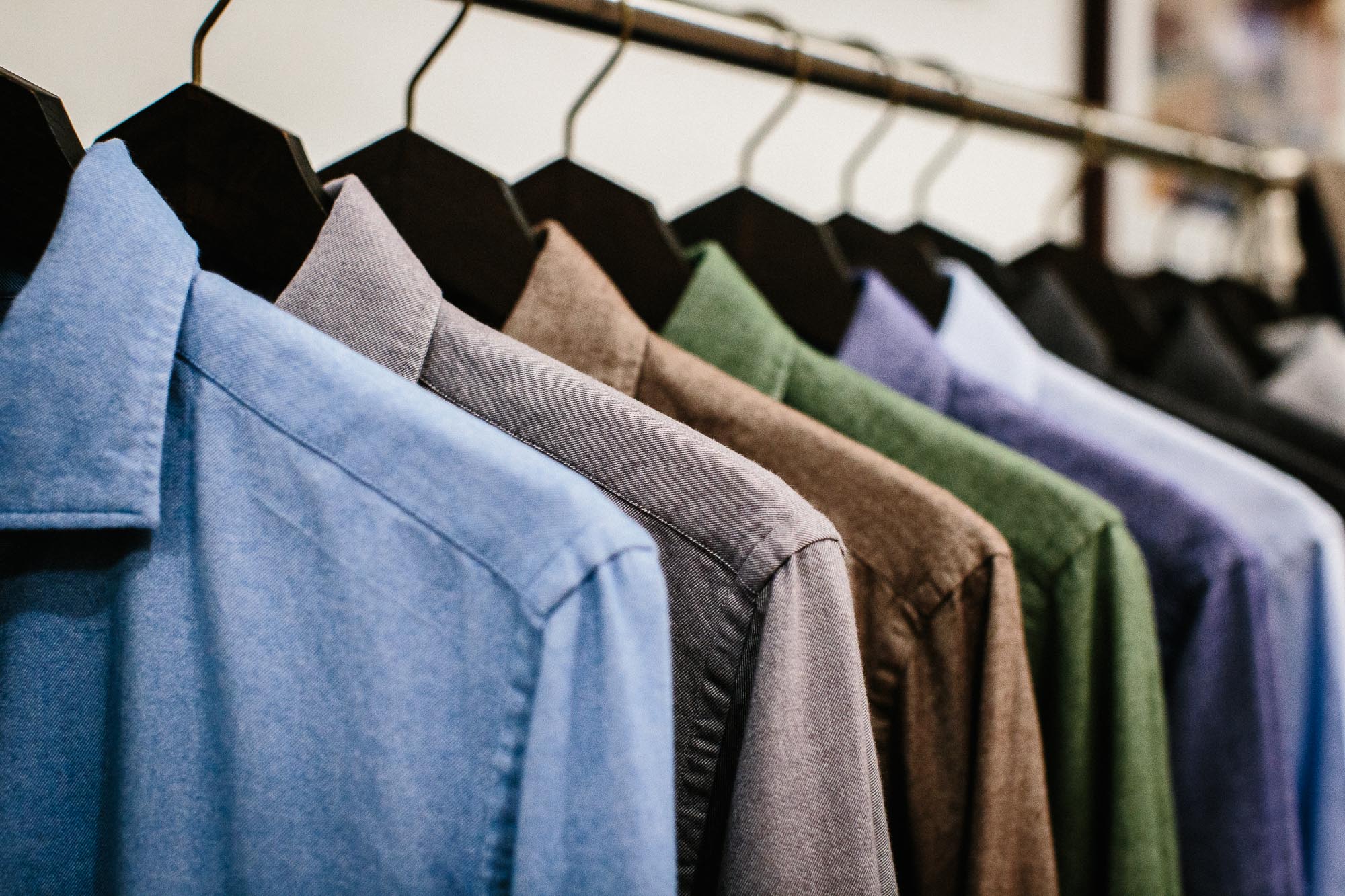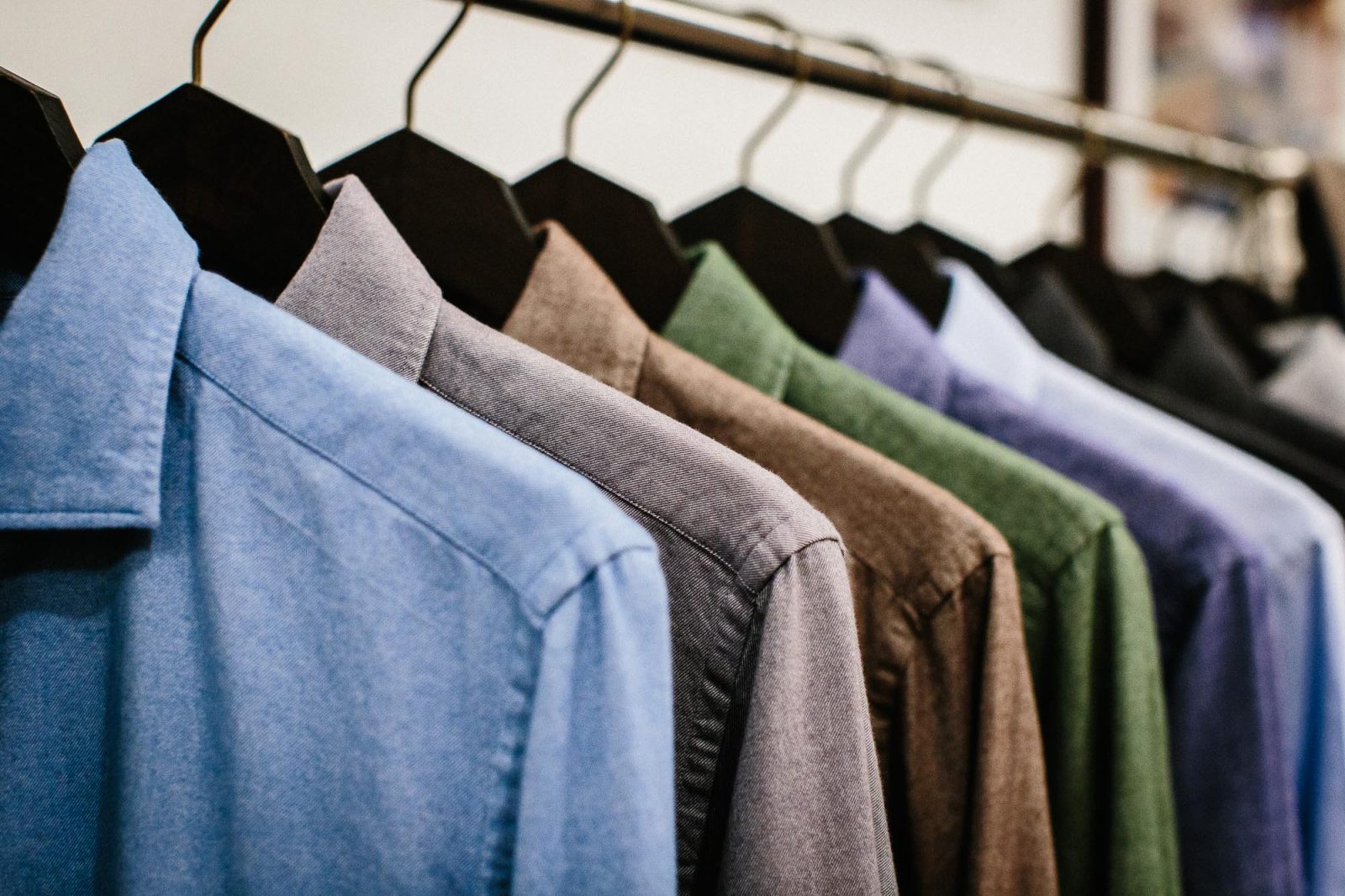When it comes to choosing the perfect linen fabric for your next project, the options can feel overwhelming. With its timeless appeal and natural breathability,linen has long been a favorite for everything from clothing to home décor. However, not all linen is created equal, and different types can cater to varying needs and preferences.Whether you’re looking for a soft and sumptuous fabric for a summer dress, a sturdy weave for drapery, or a lightweight option for table linens, understanding the unique qualities of each linen type is essential.
In this ultimate guide, we’ll help you navigate the world of linen fabrics, breaking down the distinct characteristics and practical applications of each. Get ready to discover which linen is best suited for your specific needs and elevate your crafting or wardrobe game with confidence!
Understanding Different Types of Linen Fabrics for Every Use

Linen fabrics come in various types, each suited to different applications. Classic linen is made from pure flax fibers, offering a luxurious feel and breathability, making it perfect for summer clothing and high-quality table linens. In contrast, slub linen has an irregular texture due to uneven thickness in the yarn, providing a relaxed look that complements casual wear and home décor. For a more structured option, consider canvas linen, which is heavier and durable, ideal for upholstery and outdoor furniture. Additionally, washed linen undergoes a special treatment that softens the fabric, making it a popular choice for comfortable, draped garments and relaxed bed linens.
when selecting linen, it’s crucial to consider the weight and weave of the fabric. Linen can be categorized into different weights, including light, medium, and heavy, each serving distinct purposes:
| Weight | Best Uses |
|---|---|
| Lightweight | Shirts, blouses, and summer dresses |
| Medium Weight | Pants, skirts, and casual apparel |
| Heavyweight | Jackets, upholstery, and home textiles |
Ultimately, the choice of linen fabric will depend on your specific needs, whether you’re after elegance, durability, or comfort. Experimenting with different varieties can lead you to discover the best fit for your projects.
Key Factors to Consider When Choosing Linen for Your Projects
When selecting linen for your projects, it’s essential to consider several key factors that can influence both the look and functionality of your final product. First, pay attention to the weight of the fabric, as this can determine its durability and suitability for various applications. Lighter linens, typically around 3-5 oz, are ideal for apparel and delicate home decor, while heavier linens, 7 oz and above, are perfect for upholstery and durable table linens. Additionally, you should think about the weave type, which can dramatically affect the texture and appearance of the fabric. Plain weave provides a smooth finish, while twill adds depth and a more textured feel.
Another critically important factor is the color and pattern options available. Linen comes in a diverse range of hues and prints, so consider the overall theme of your project when making your selection. Keep in mind that natural linen has a beautiful, earthy appearance, but dyed linens can provide a vibrant pop for more contemporary designs. Lastly, evaluate care requirements to ensure that the linen you choose fits your lifestyle. Some linens are preshrunk and machine washable, while others may require more delicate handling. A fast reference table below summarizes these factors:
| Factor | Options |
|---|---|
| weight | Light (3-5 oz), Medium (5-7 oz), Heavy (7 oz+) |
| Weave Type | Plain, Twill, Satin |
| Color and Pattern | Natural, Dyed, prints |
| Care Requirements | Machine Washable, Hand wash, Dry Clean Onyl |
Best Linen Options for Clothing and Apparel: Comfort Meets Style
When it comes to choosing the perfect linen for clothing and apparel, comfort and style should go hand in hand. Linen is renowned for its breathability and natural moisture-wicking properties, making it an ideal choice for warm weather. Some of the best linen options include:
- European linen: Sourced from flax plants in Europe, this high-quality linen is soft, durable, and gets better with each wash.
- Bulgari Linen: Known for its luxurious feel and smooth texture, it is perfect for upscale garments that require elegance.
- Slub Linen: Featuring a unique textured finish,this option adds character to casual wear while maintaining comfort.
- Blend Linen: combining linen with cotton or rayon maximizes softness and reduces wrinkles, making it versatile for everyday outfits.
To help you make an informed decision, consider the fabric weight when selecting linen. Lighter weights are ideal for breezy summer attire, while heavier linens are suitable for structured garments. Here’s a quick comparison:
| Fabric Weight | Best Uses | Characteristics |
|---|---|---|
| Lightweight | Shirts, Dresses | breathable, Flowing |
| Medium Weight | Pants, Shorts | Durable, Versatile |
| Heavyweight | Jackets, Structured Pieces | Warm, Sturdy |
How to Care for Your Linen fabrics to Ensure Longevity and Quality
Caring for your linen fabrics properly can significantly extend their lifespan and maintain their unique qualities. To ensure your linen remains soft, breathable, and strong, it’s essential to follow a few straightforward guidelines. Start by washing your linen items in cold water using a gentle cycle to prevent shrinkage and fading. Avoid bleach, as it can deteriorate the fibers.Instead, opt for a mild detergent that enhances the fabric’s natural luster. After washing, let your linen air dry, as direct sunlight can cause color fading and weaken the fibers over time. If you prefer to use a dryer, select a low heat setting and remove the items while they are still slightly damp to minimize wrinkling.
Ironing your linen can help maintain its crisp appearance, but it’s important to do so while the fabric is still slightly damp. Set your iron to a medium temperature, and for best results, use a pressing cloth to protect the fabric’s surface. Additionally, store your linen items in a cool, dry place, avoiding hanging them for prolonged periods to prevent stretching. Consider folding them neatly instead. To keep your linen fresh, perform regular rotations with other fabrics, allowing your linens to rest and breathe between uses. By implementing these simple yet effective care routines, you can enjoy the beauty and durability of linen for many years to come.
In Conclusion
choosing the right linen fabric for your needs doesn’t have to be a daunting task.With a variety of options available, understanding the distinct qualities and characteristics of each type can empower you to make an informed decision. Whether you’re seeking the perfect fabric for home décor, clothing, or crafting, consider factors such as weight, weave, durability, and care instructions to find the ideal match for your project.Remember, linen is not just a functional choice; it’s a timeless fabric that brings a touch of elegance and comfort to any request. As you embark on your linen journey, take the time to explore different textures and styles—your next favorite fabric is just around the corner! Thank you for reading our ultimate guide, and may your linen adventures be as beautiful as the fabric itself! Happy crafting!











Leave a Reply